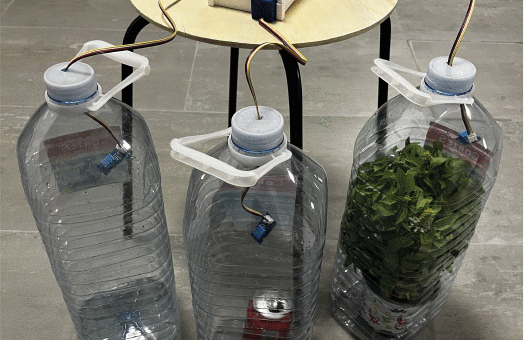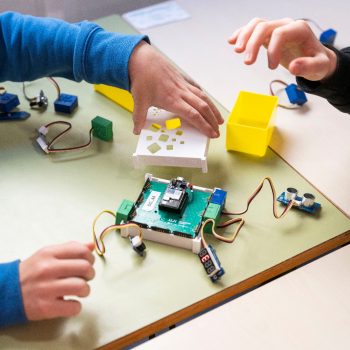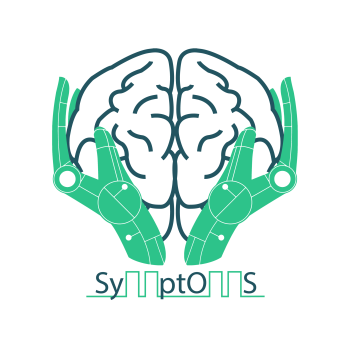
New @GEOTECUJI paper on leveraging the “program to learn” approach
Much has been said and explored in the scientific literature about the relationship between programming and computational thinking. More recently, some voices summarized the shift from learning to program to programming to learn. Learning to program refers to programming with computer science education and is easy to adopt and implement in schools, for example, by teaching programming skills and concepts using Scratch. Programming to learn, however, pursues the ultimate goal of computational thinking seen as a “thinking tool to understand powerful ideas in typical K-12 disciplines truly”, which is very much in line with the idea of “computational fluency”. Our Sucre initiative contributes precisely to the vision of programming to learn by supporting pre-university students to understand and explore concepts from other disciplines through computational thinking and programming.
This was the focus of our latest article entitled “Sucre4Stem: A K-12 Educational Tool for Integrating Computational Thinking and Programming Across Multidisciplinary Disciplines” published in IEEE Transactions on Education, as part of an special issue on coding, computational, algorithmic, design, creative, and critical thinking. This special issue sought to answer the following questions: 1/ how to improve the broad spectrum of skills of 21st century students; 2/ how to connect the entire educational process by emphasizing best practices, impacts and sustainability of activities; and 3/ how to improve the relationship and dialogue between actors in the educational community. Our study focused on the first question, emphasizing the interrelationship between creation and computing from the perspective of programming for learning.
Going into details, our article discussed the latest developments of the Sucre4Stem tool. However, a special outcome of the work is the list of multidisciplinary projects (see table below) presented in Section V (Sucre4Stem as a tool for programming to learn). We had fruitful discussions and training sessions with secondary school teachers and professors and, as a result, many ideas for multidisciplinary projects emerged to promote the “programming to learn” approach to experience concepts from other disciplines through Sucre4Stem as opposed to the widely applied strategy in schools of “learning to program” in isolation.
| Project name | Programming concepts | To learn concepts of… |
| Music creation | Sequence, loops | Music |
| Heartbeat simulation | Variables, functions, sequence | Biology, maths |
| Carbon dioxide impact on greenhouse effect | Variables, shared variables, loops, data persistence | Environmental science, maths |
| Geometry | Variables, maths operations | Maths |
| Motion detection alarm | Variables, shared variables, conditionals, loops | Technology, IoT-powered devices |
A remarkable project to integrate computer science and environmental sciences was modelling the impact of carbon dioxide on the greenhouse effect. Inspire by this case, the idea was to allow students to evaluate carbon dioxide’s contribution to air warming by recreating three different situations (samples). Each sample consisted of a plastic bottle with a different object inside: nothing (control sample), a plant, and a carbonated drink can.

The experiment consisted of taking the temperature inside the bottle at regular intervals for 2 hours to evaluate in which sample the temperature increases the most. Sucre4Stem was used to construct an assembly composed of a temperature sensor to periodically take the temperature inside each bottle and persist the collected values so that students could analyse and compare later the temperature measurements of the three samples and discuss which sample affected the most to the heating of the air inside each bottle. Abstraction, programming constructs, data collection, persistence, and analysis are computational thinking skills and patterns embedded in this greenhouse effect model to simulate that phenomenon under different circumstances.
This is a good example of a program to learn projects we want to develop with Sucre4Stem. Of course, imagining these kinds of projects requires a good understanding of how to meaningfully connect computer science and computational thinking with other disciplines such as environmental science and climate change.
- Posted by geoadmin
- On 27 December, 2024
- 0 Comments




0 Comments